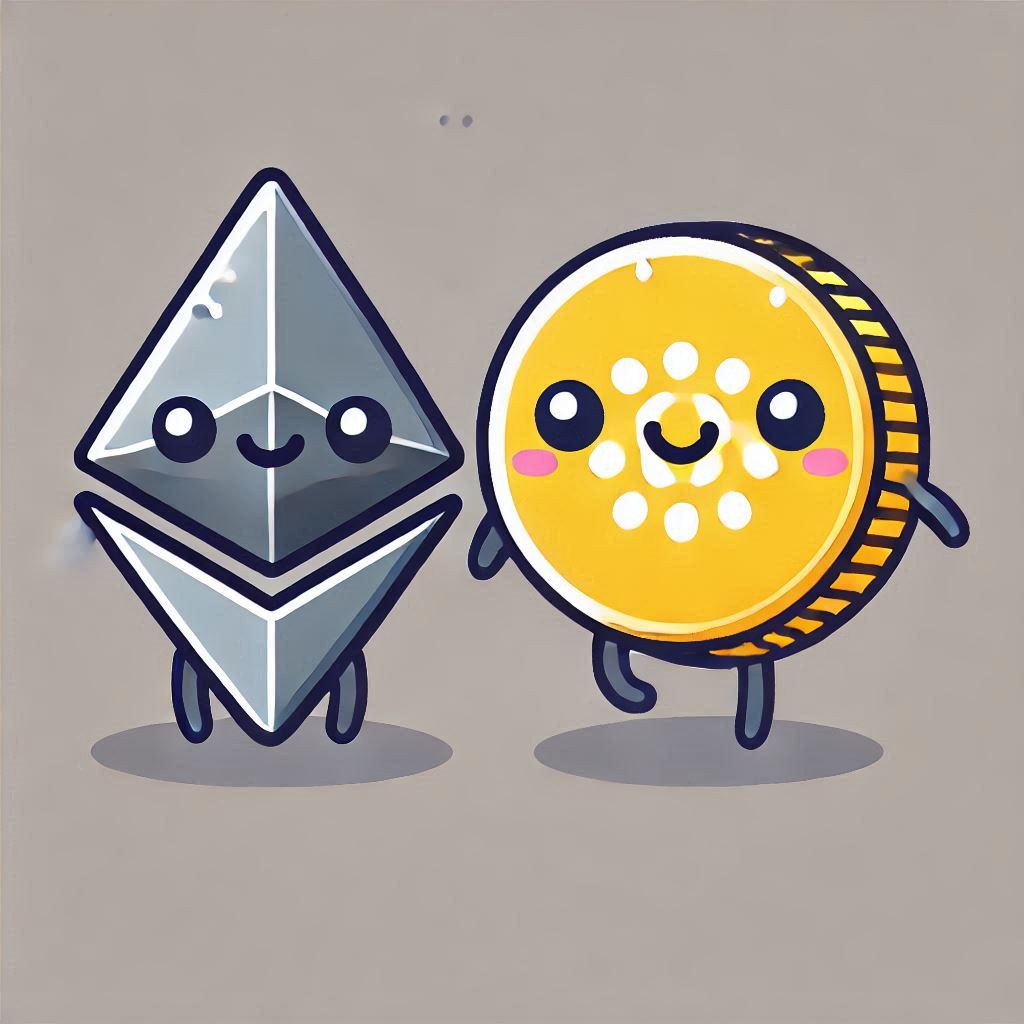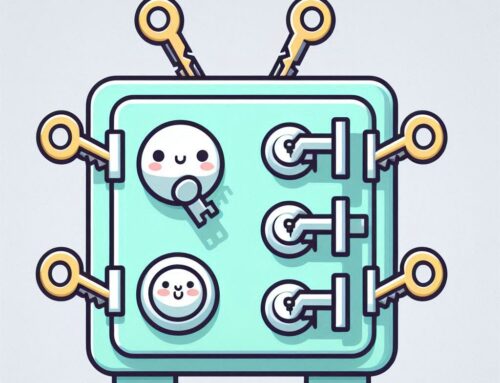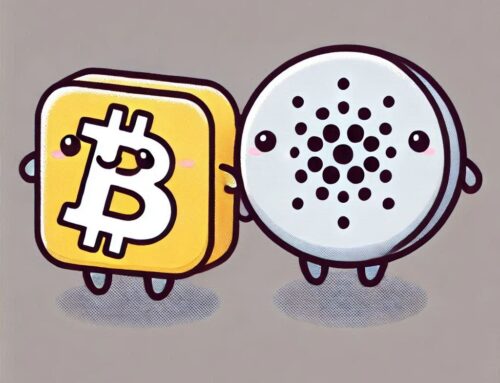The Clash of the Titans: A Comparison of Ethereum and Cardano (When Blockchains Duke It Out!)
Let’s step into the blockchain arena and witness an epic showdown between two of the most influential and talked-about smart contract platforms in the crypto world: Ethereum and Cardano! No, we’re not talking about gladiators battling it out with swords and shields (though that would make for some pretty awesome viewing). We’re talking about a clash of technologies, a meeting of minds, and a comparison of philosophies that will help you understand the key differences between these two juggernauts.
Think of it like comparing two different kinds of operating systems – both achieve similar goals, but they take very different routes to get there. This is a battle that’s been going on for a while, and it will be fascinating to see how it unfolds over the coming years. So, let’s get ready to rumble, as we explore the key differences between Ethereum and Cardano!
Ethereum: The OG Smart Contract Platform (The One That Started It All!)
Before we get into the nitty-gritty comparison, let’s give some props to Ethereum, the OG smart contract platform that paved the way for the entire decentralized application (dApp) revolution:
-
Smart Contract Pioneer (The First of Its Kind!): Ethereum is widely recognized as the first blockchain platform to truly embrace and popularize the use of smart contracts, enabling developers to build all kinds of decentralized applications.
-
The Ethereum Virtual Machine (The Engine That Powers the Magic!): Ethereum uses the Ethereum Virtual Machine (EVM), which provides a runtime environment for executing smart contracts, and has become one of the most widely used technologies in the world of decentralized applications.
-
Solidity (The Language of Choice!): Ethereum’s smart contracts are primarily written using the Solidity programming language, which has also become one of the most popular languages among blockchain developers, further cementing the system’s influence.
-
Proof of Stake (Greener Pastures!): Ethereum has recently transitioned to a Proof of Stake consensus mechanism, in an attempt to reduce energy consumption, increase the security of the network, and address some of its previous scalability limitations.
Cardano: The Research-Driven Contender (Brains, Not Just Brawn!)
Now, let’s turn our attention to Cardano, a third-generation blockchain platform that seeks to improve upon the design choices of earlier projects, most notably Ethereum:
-
Research-Based (Science is Our Guide!): Cardano’s development is firmly rooted in peer-reviewed research and formal methods, ensuring a robust and reliable foundation for the blockchain network. The Cardano team is focused on building an efficient, stable, and versatile platform.
-
Proof-of-Stake (Ouroboros!): Cardano uses a Proof-of-Stake (PoS) consensus mechanism called Ouroboros, which is mathematically proven to be secure and energy efficient, making it a more sustainable choice than older systems.
-
Scalability and Sustainability (Built for the Future!): Cardano prioritizes scalability, sustainability, and interoperability from the ground up, ensuring that it can handle a growing number of users and applications, without harming the environment, and working well with other blockchain projects.
-
Plutus Platform (Power to the Developers!): Cardano uses the Plutus platform, which provides developers with powerful tools for creating complex and secure smart contracts. This is one of the main features of the Cardano ecosystem.
Technology Throwdown: A Head-to-Head Comparison (The Nitty-Gritty Details!)
Here’s a deep dive into the key technological differences between Cardano and Ethereum, and how these design choices influence their performance and capabilities:
-
Consensus Mechanism (The Engine That Keeps the Blockchain Running!):
-
Ethereum (PoS): Ethereum has transitioned to a Proof of Stake consensus mechanism, where validators stake their ETH to participate in the consensus process. This greatly reduces the amount of energy that the blockchain network requires.
-
Scalability Enhancements: PoS aims to improve Ethereum’s scalability, though the implementation is complex and the results will need to be monitored over time.
-
-
Cardano (Ouroboros): Cardano uses Proof-of-Stake, where validators stake their ADA to participate in the consensus process, but uses a different system to determine who validates the transactions. The Ouroboros protocol is efficient and secure, using a system that distributes power among many different nodes, and is designed for long-term reliability.
-
-
Smart Contract Functionality (Where the Magic Happens!):
-
Ethereum (Solidity): Ethereum uses Solidity, which is a language specifically designed for creating smart contracts on the EVM. This is a high level language that allows for complex logic to be encoded in code.
-
Wide Adoption (Everyone’s Using It!): Solidity is widely adopted in the blockchain space and is used by the majority of dApps on Ethereum, and therefore offers a robust base for any new projects.
-
-
Cardano (Plutus): Cardano uses Plutus, a functional programming language and platform, designed for building secure and reliable smart contracts. The Plutus platform enables developers to create smart and innovative apps.
-
Formal Verification (Guaranteed to Work!): Plutus code can be formally verified, which allows the network to mathematically prove that its code is correct and secure, reducing the risk of errors.
-
-
-
Layered Architecture (A Multi-Tiered Approach!):
-
Ethereum : With Ethereum’s upgrades, it is now working to implement its own layered architecture.
-
Cardano (Built from the Ground Up!): Cardano uses a layered architecture, separating the settlement layer (CSL) from the computation layer (CCL), making the system more scalable and efficient, by allowing the network to handle basic transactions and more complex processes at the same time.
-
-
Scalability Solutions (The Quest for Speed!):
-
Ethereum: Ethereum relies on layer-2 solutions like rollups and state channels to improve the transaction processing capacity of the network. It is hoped that these tools will greatly expand the possibilities of the platform.
-
Cardano: Cardano is also working to implement several scalability solutions, such as Hydra and sidechains, as a core component of its design, which allows for increased transactions, and expanded utility.
-
The Takeaway: Cardano and Ethereum – Unique but Compelling
It’s like comparing different kinds of art; both can be beautiful and impactful, but they approach the process in a different way. While they are often seen as competitors, these systems each provide innovative technologies that are helping to build a better digital world. And with so many changes happening every day, it will be interesting to see how these two systems evolve and change in the coming years.





